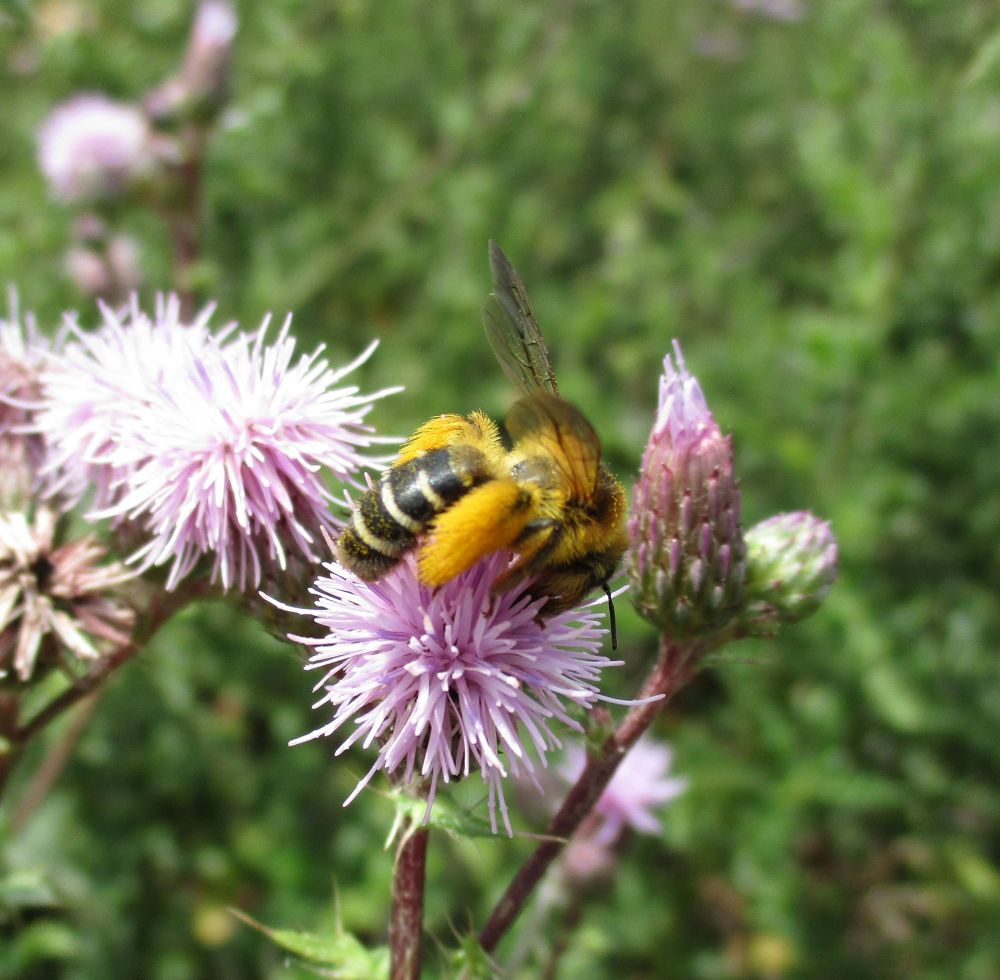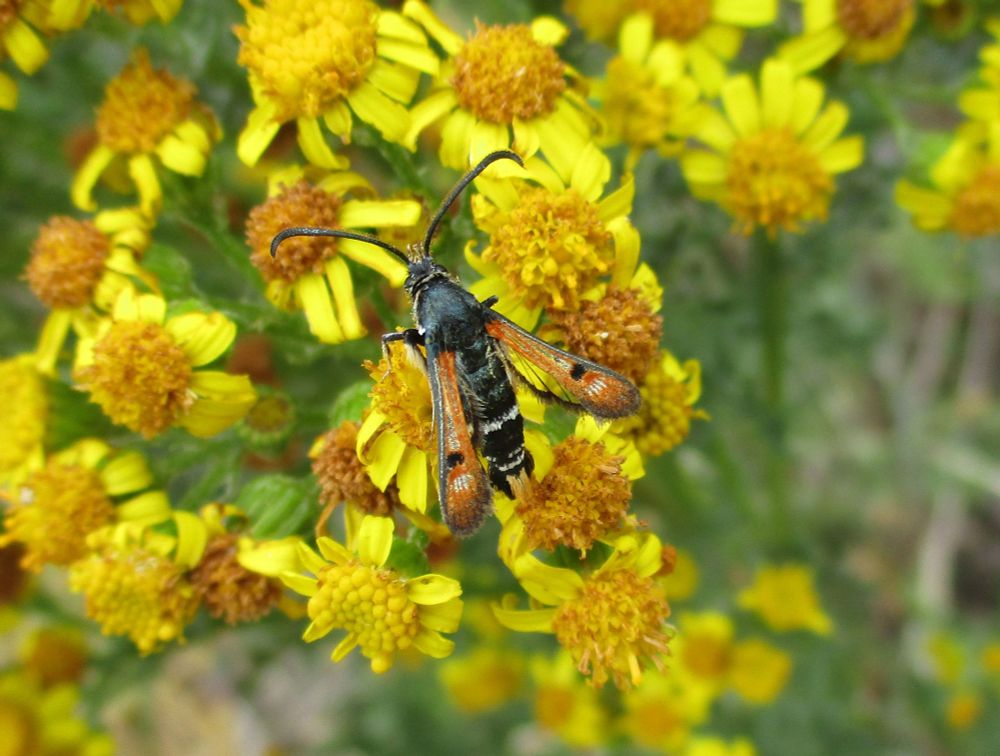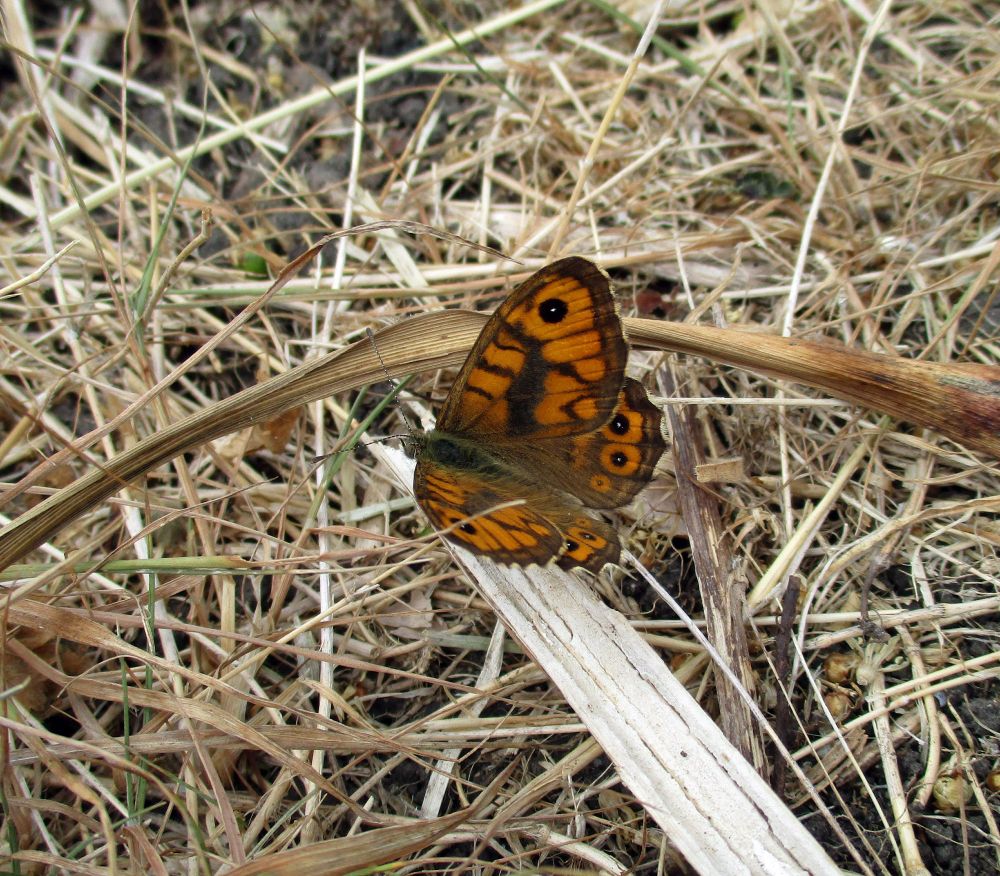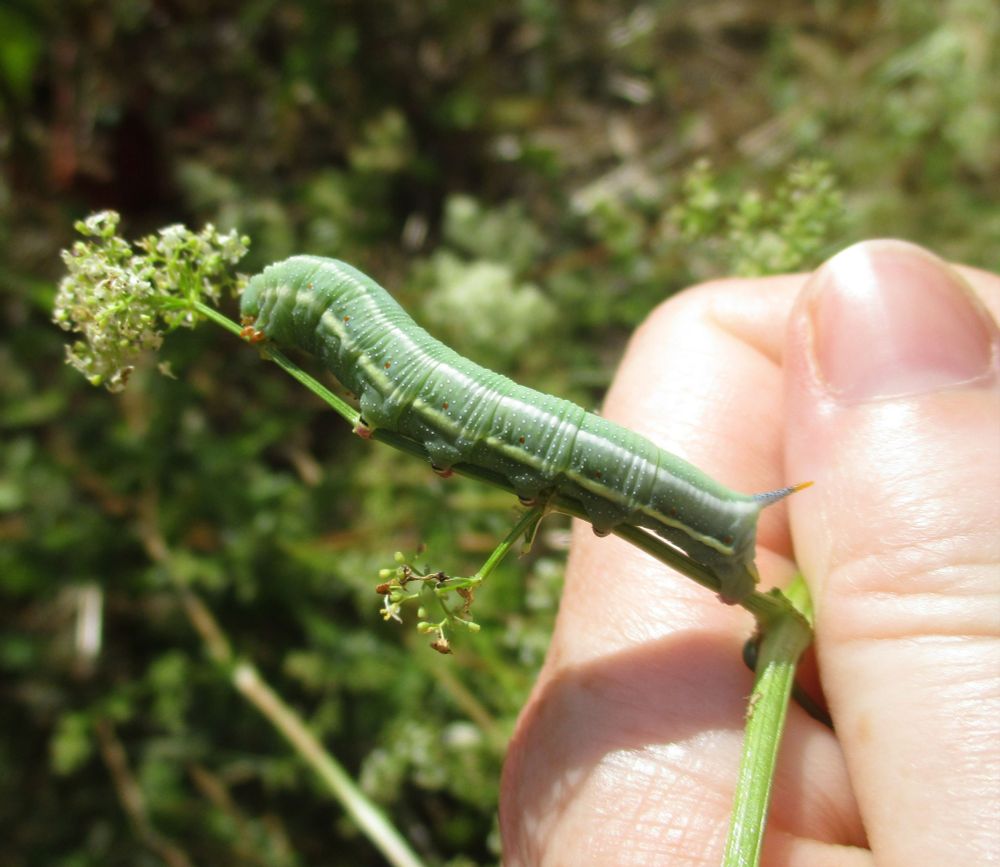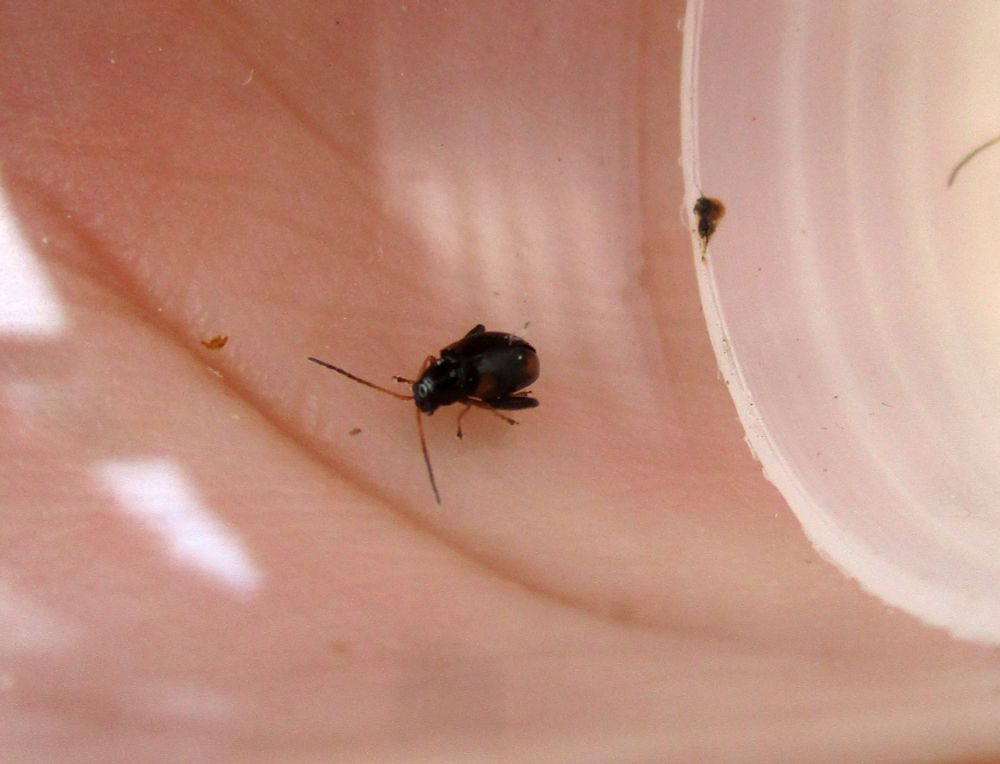
Works at Niab (UK). Views my own. she/her
Neurodivergent, quirky, sometimes wrong but usually teachable.
1. Provides translation of voice/speech
2. Between English and Brazilian Portuguese
3. And does this in offline mode?
1. Provides translation of voice/speech
2. Between English and Brazilian Portuguese
3. And does this in offline mode?
#Horticulture


#Horticulture
#TropicalEntomology #Lepidoptera

#TropicalEntomology #Lepidoptera

#IntegratedPestManagement #IPPM #SustainableAgriculture #HorticulturalEntomology
#IntegratedPestManagement #IPPM #SustainableAgriculture #HorticulturalEntomology
#IPM #IntegratedPestManagement #Biocontrol #Parasitoids #Aphids #AppliedEntomology
#IPM #IntegratedPestManagement #Biocontrol #Parasitoids #Aphids #AppliedEntomology


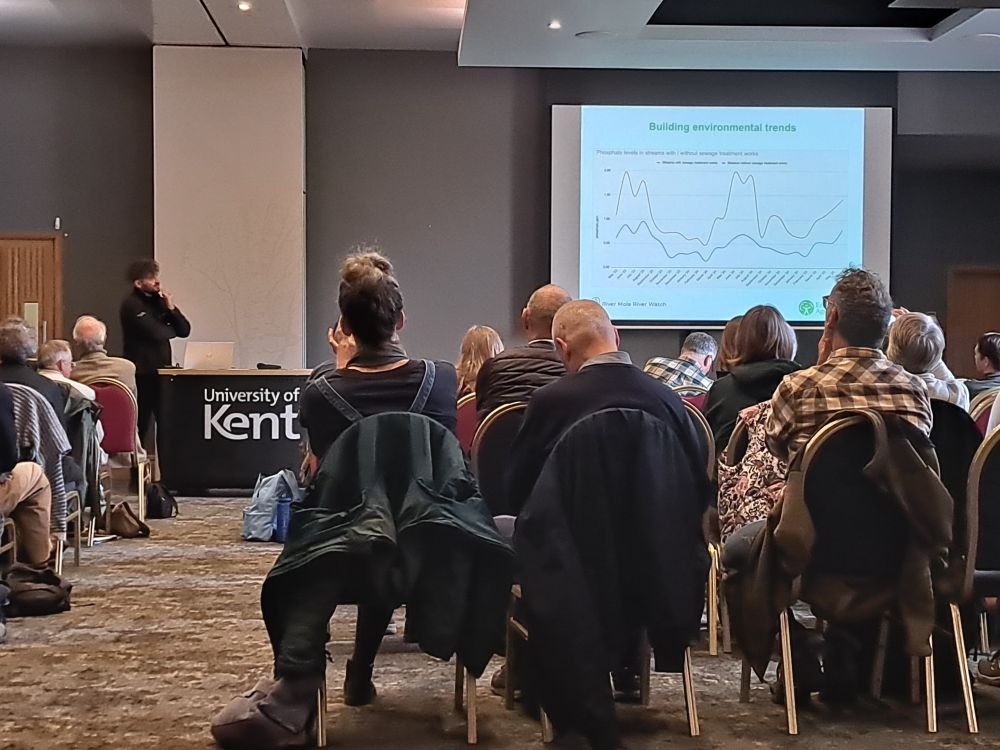
PhDs can be and some would likely argue, should be hard.
But surely not *this* hard?
#AcademicSky
www.sciencedirect.com/science/arti...

PhDs can be and some would likely argue, should be hard.
But surely not *this* hard?
#AcademicSky
www.sciencedirect.com/science/arti...
Thanks also to Angela Mkindi at NM-AIST in Tanzania!


Thanks also to Angela Mkindi at NM-AIST in Tanzania!
These were inside the church but there were masses outside too.
#Ladybirds

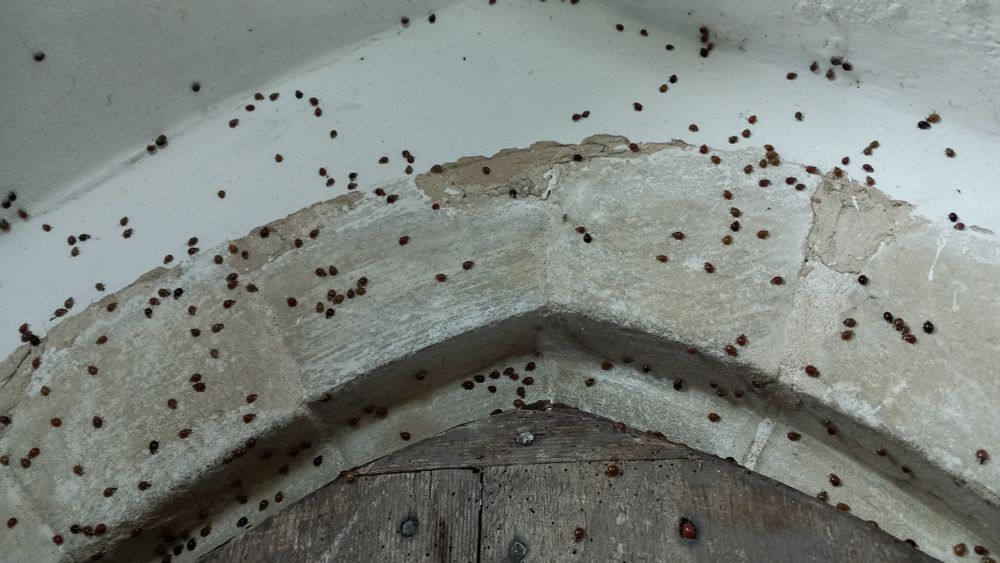



Our new study looked at fieldwork policies and risk assessments from 90 UK universities offering environmental science courses.
The results are eye-opening:
besjournals.onlinelibrary.wiley.com/doi/10.1002/...

www.nature.com/articles/s41...

www.kentfieldclub.org.uk/programme/up...
Also - tickets only £22 including refreshments and lunch! So why not book your place today?
www.kentfieldclub.org.uk/programme/up...
Also - tickets only £22 including refreshments and lunch! So why not book your place today?
At @ukceh.bsky.social we're training & testing AI to detect multiple moths in a single image.
Send us top-down photos of multiple moths on egg trays to support this work.
More info & form: forms.gle/e3HzBPEd7RVV...
#mothsmatter #TeamMoth
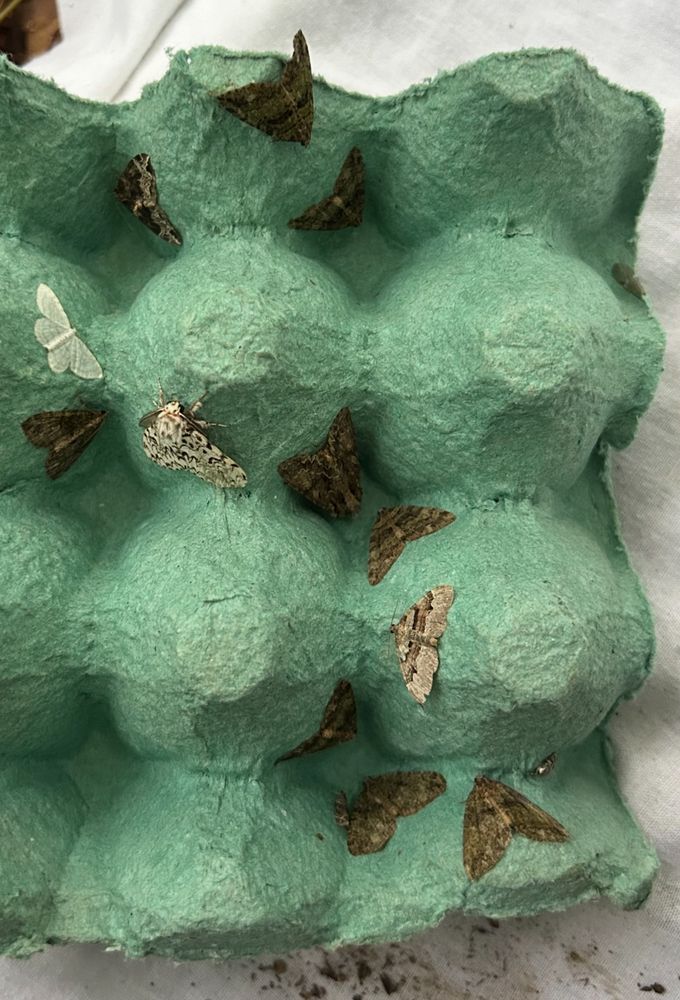
At @ukceh.bsky.social we're training & testing AI to detect multiple moths in a single image.
Send us top-down photos of multiple moths on egg trays to support this work.
More info & form: forms.gle/e3HzBPEd7RVV...
#mothsmatter #TeamMoth
The site has a wide diversity of bees! [1/]
#KentNature #bees #entomology
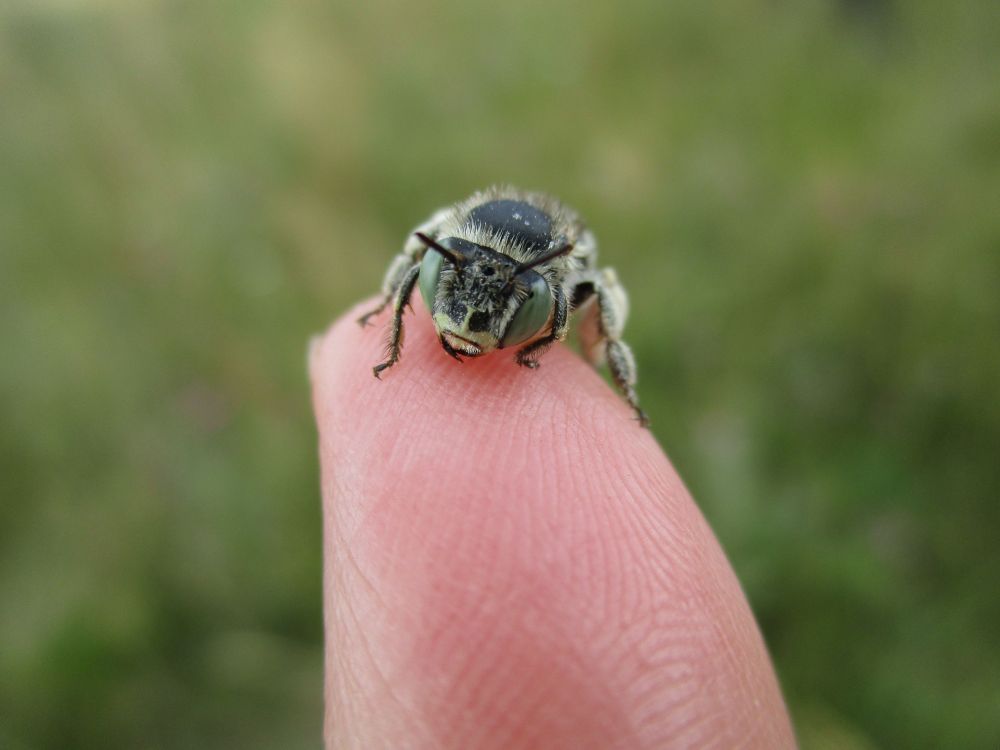
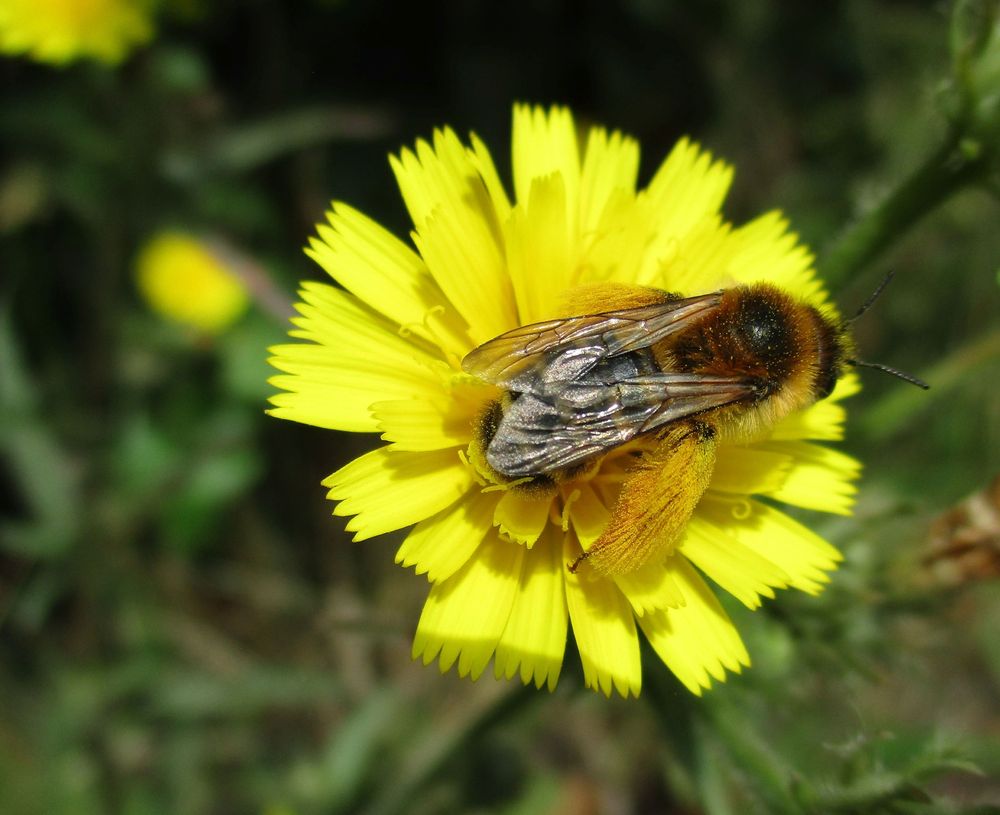
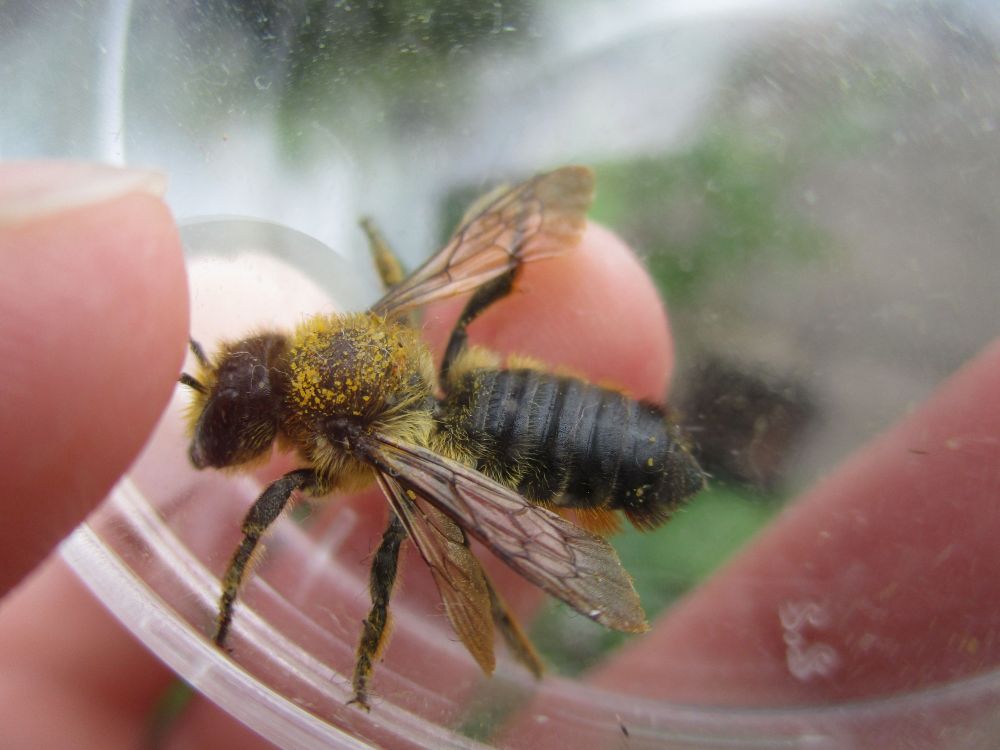
The site has a wide diversity of bees! [1/]
#KentNature #bees #entomology
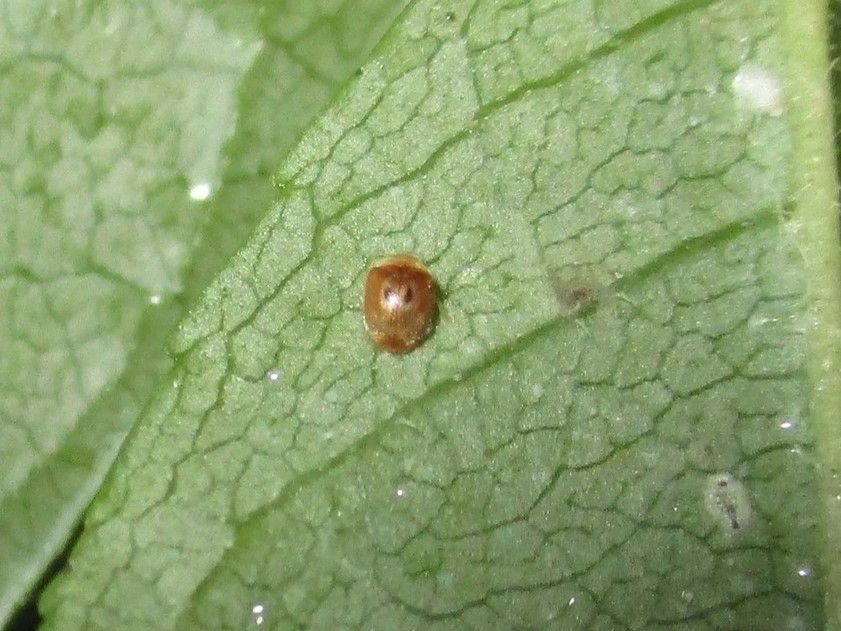
#KentNature #Kentomology #Entomology #KentInsects #PaperWasp #Polistes #Wasp
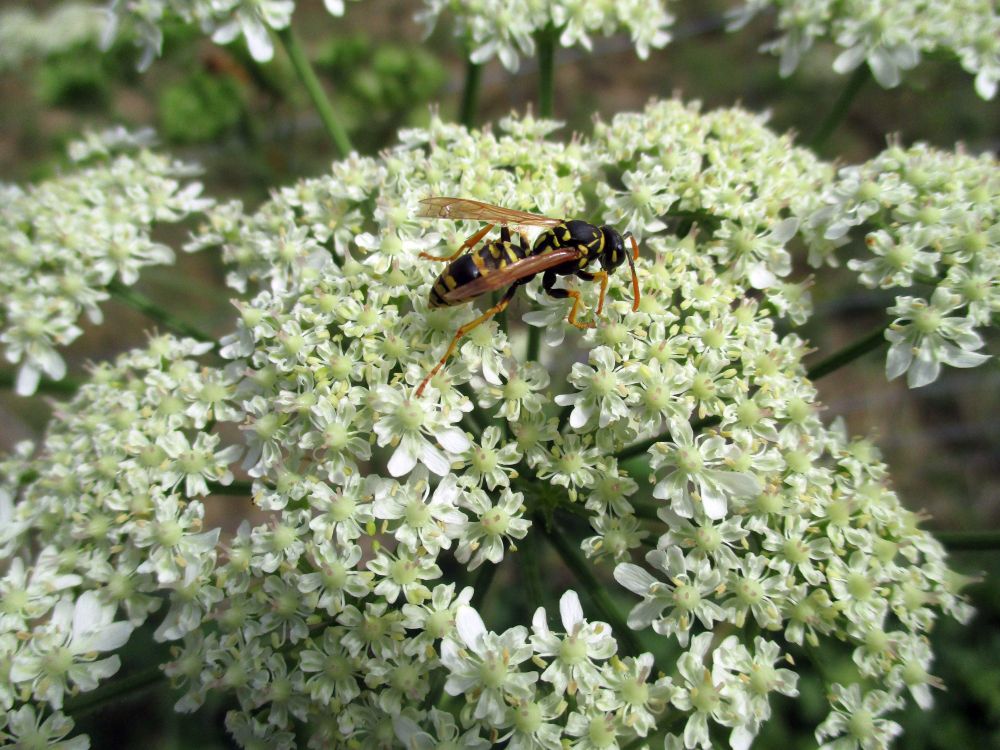
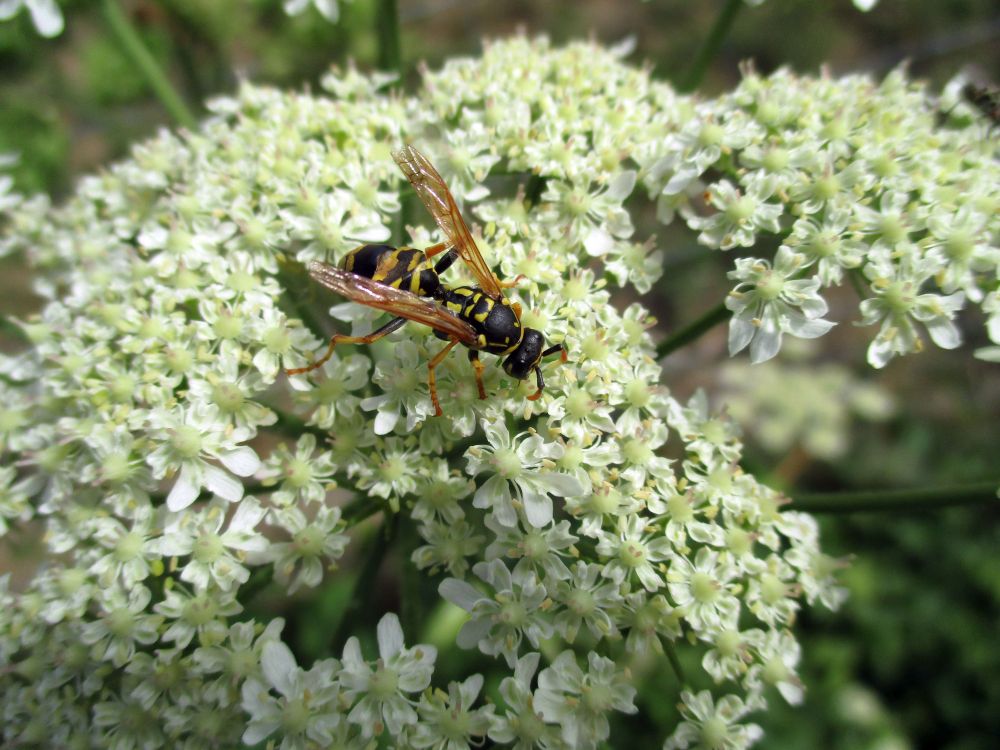
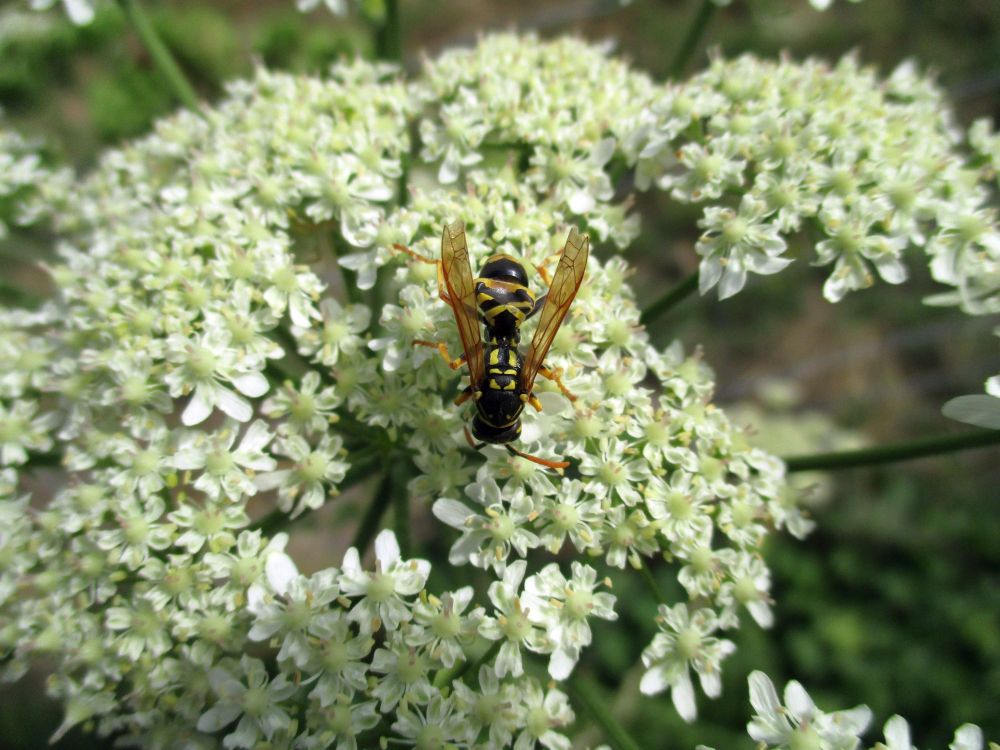
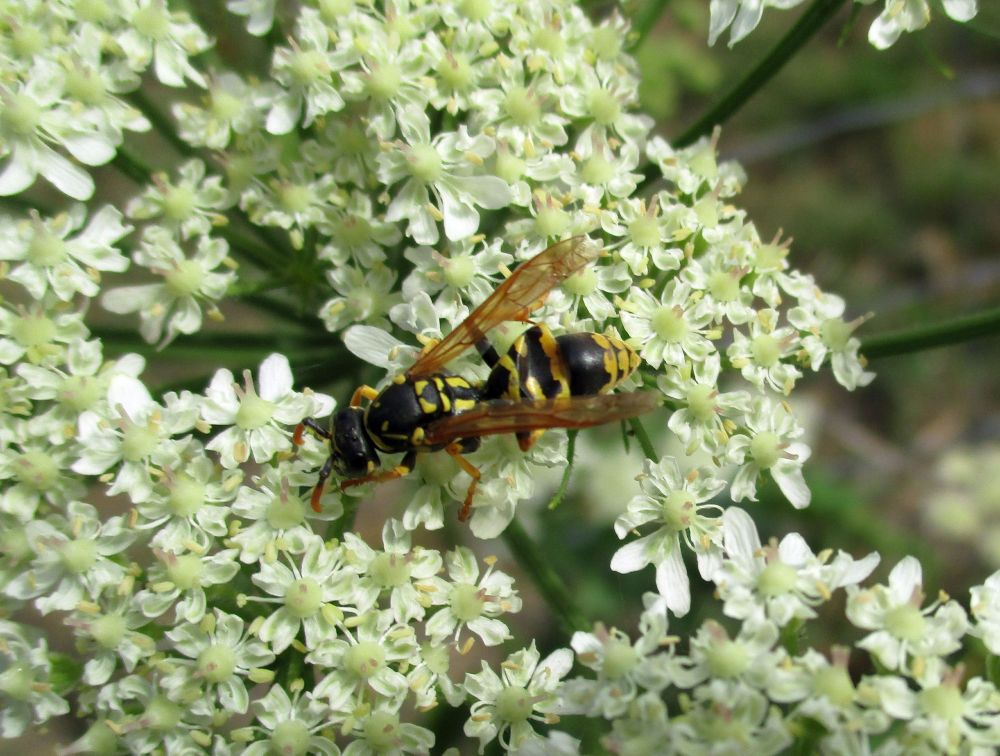
#KentNature #Kentomology #Entomology #KentInsects #PaperWasp #Polistes #Wasp
